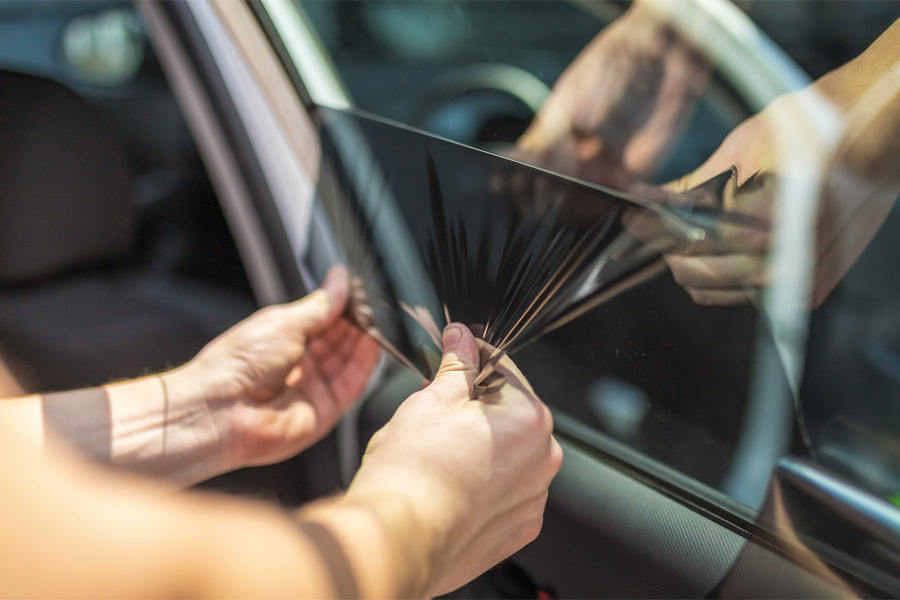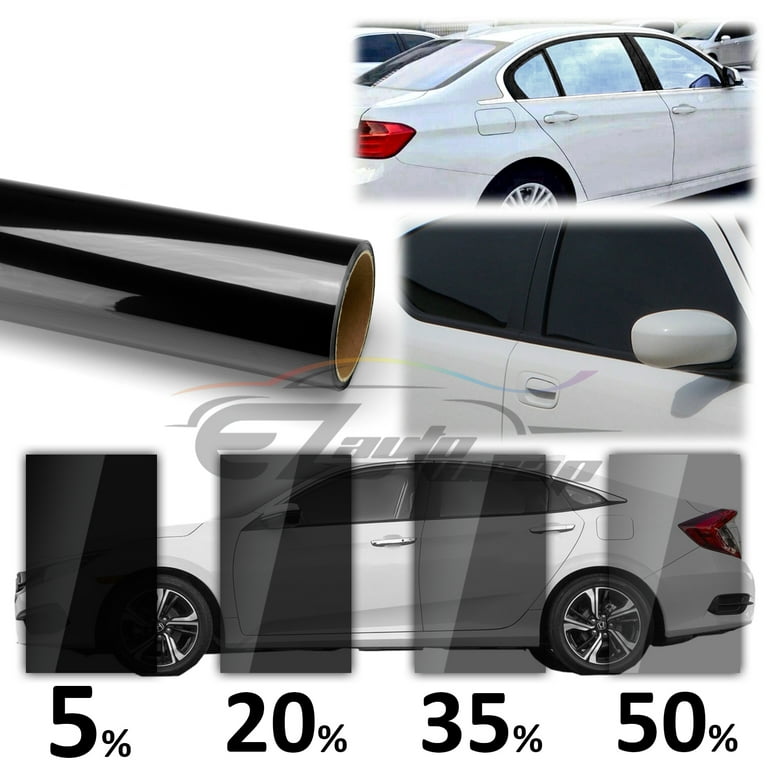Auto Window Tinting: Tips for Preserving a Professional Complete
Auto Window Tinting: Tips for Preserving a Professional Complete
Blog Article
Home Window Tinting Laws and Guidelines: What You Required to Know Before Tinting Your Car
Prior to waging window tinting for your lorry, it is important to familiarize on your own with the varied laws and standards that control this technique across various states. These laws dictate the permitted degrees of tint darkness, often measured by visible light transmission (VLT) portions, and consist of particular specifications for front windshields focused on making certain roadway safety and security. Additionally, particular jurisdictions may offer clinical exemptions for individuals with qualifying problems. Understanding these intricacies can save you from potential lawful implications, however what are the specific rules in your state?
Summary of Window Tinting Laws
Window tinting laws are regularly subject to variant throughout various territories, reflecting regional regulations and safety and security considerations. These regulations dictate the permissible levels of tint darkness and reflectiveness on automobile home windows, making certain that vehicle drivers keep ample visibility while also protecting against hazardous UV rays and heat.
The majority of regulations identify home window tinting based upon the Visible Light Transmission (VLT) percentage, which indicates the quantity of light that can go through the home window. Normally, lower VLT percentages signify darker tints. Laws usually set apart between the front, side, and back home windows, with more stringent restrictions put on the front windshield to boost safety and security for both the driver and other road users.
Additionally, some territories impose restrictions on the reflectivity of the color, preventing too much glare that could harm visibility. Exemptions to these regulations might exist for individuals with particular clinical conditions calling for additional sunlight defense. Conformity with window tinting policies is crucial, as violations can lead to fines, required removal of the color, and possible boosts in insurance coverage costs. It is crucial for automobile owners to acquaint themselves with local regulations before continuing with window tinting setups.
State-by-State Tint Laws
Comprehending the details window tinting laws in each state is crucial for lorry proprietors seeking to adhere to the regulation. Each state in the U.S. has developed its very own set of regulations controling window tinting, which can vary significantly. These guidelines usually dictate the allowable levels of tint darkness, the kinds of home windows that can be tinted, and any type of medical exceptions that might apply.
For circumstances, states like California have rigid restrictions on color darkness for front home windows, while others, such as New Mexico, might permit darker colors. Additionally, certain states mandate details presence percents for various windows, including the windscreen, front side home windows, and rear home windows. It is crucial for car owners to acquaint themselves with their state's legislations to prevent prospective fines or fines.
Additionally, some states may call for an accreditation sticker label to be put on colored windows, indicating compliance with state regulations. Failing to stick to these laws not just runs the risk of legal repercussions yet can likewise influence security and exposure while driving. Car proprietors ought to perform thorough research study or speak with regional authorities to make certain complete understanding and compliance with state-by-state tint policies.
Allowed Color Types and degrees
Lots of lorry proprietors may be amazed to discover that allowed color degrees and types vary commonly throughout different states. Each state has actually developed its own policies pertaining to the permitted darkness and reflectivity of window tint, typically gauged by Visible Light Transmission (VLT) portions. VLT describes the amount of light that can go through the colored windows; hence, a lower percent suggests a darker color.

Furthermore, the kinds of color materials enabled can differ, with some states restricting metal or mirror-like coatings. It is essential for car owners to familiarize themselves with their state's particular regulations to make certain compliance. Non-compliance can cause fines, required elimination of the tint, or other lawful effects, making it imperative to understand these policies prior to waging setup.
Medical Exceptions for Tinting
While not all states provide allowances for medical exceptions relating to home window tinting, those that do recognize the requirement for certain people to improve presence and convenience due to clinical conditions. Different clinical problems, such as lupus, skin cancer, and specific eye conditions, can make individuals particularly delicate to sunlight. These individuals might need darker colors to protect themselves from dangerous UV rays and glare.

It is vital to note that despite a clinical exception, there may still be restrictions on the degree of color permitted. Compliance with state laws makes certain that individuals are both safeguarded and within legal restrictions. Those thinking about clinical exemptions should contact their neighborhood Department of Motor Cars or equivalent authority to comprehend the demands and treatments necessary to make an application for an exception successfully.
Fines for Non-Compliance
Failing to comply with window tinting laws can cause considerable fines, which differ by state. Police are equipped to release citations for lorries that do not follow the defined tinting laws. These charges usually include penalties, which can vary from small total up to numerous hundred bucks, relying on the extent of the infraction and the state in concern.
In some territories, duplicated offenses may cause intensifying fines or added penalties, such as necessary court appearances. Moreover, non-compliance might necessitate the elimination of prohibited tinting, usually at the proprietor's expenditure. In severe instances, regular wrongdoers may face suspension of their car enrollment up until compliance is achieved.
In addition, read here insurance policy ramifications may develop from getting several citations for window color violations. Insurance firms may see such violations as an indication of riskier habits, possibly leading to enhanced premiums or trouble in insurance coverage.
To prevent these fines, it is vital for car owners to familiarize themselves with their neighborhood home window tinting regulations and ensure that their vehicle complies (Window Tinting). This positive strategy not only prevents lawful implications however likewise promotes roadway security
Verdict

A lot of regulations classify home window tinting based on the Visible Light Transmission (VLT) percent, which suggests the amount of light that can pass via the window. Conformity with window tinting policies is critical, as violations can result in penalties, mandatory removal of the tint, and prospective rises in insurance premiums.Recognizing the specific window tinting regulations in each state is essential for weblink lorry proprietors looking for to comply with the regulation. These regulations typically dictate the permitted levels of color darkness, the kinds of home windows that can be tinted, and any clinical exceptions that may use.
For instance, states like The golden state have rigorous constraints on color darkness for front windows, while others, such as New Mexico, may enable darker colors.
Report this page